The Difference Between Houston Roof Tear-Offs vs Overlay
By Shantell Moya · 4 months ago · 14 min read
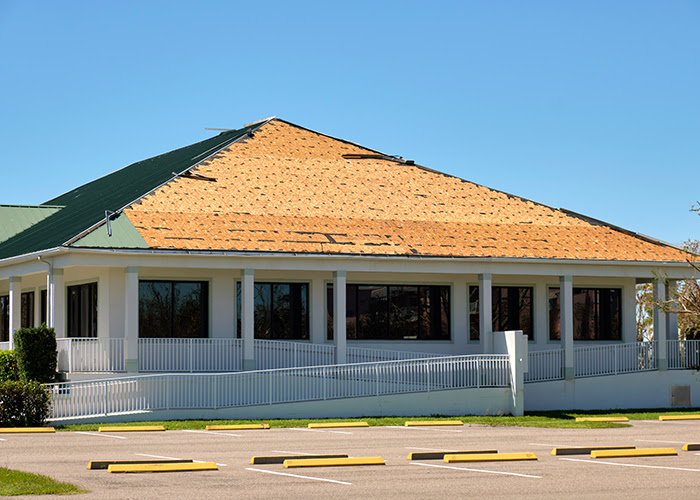
Houston homeowners face some of the toughest weather conditions in the country, and roofs here take serious damage. Sun exposure never lets up, humidity remains relentless, and hurricane season has everyone nervous for months. Once your roof needs a replacement, you’ve really only got two main options available. An overlay installation means that the contractor puts new shingles directly over your existing ones. A tear-off means that the contractor has to strip everything away down to the wood deck and then build it all back up again.
Price differences between these two methods can be pretty big, and this explains why overlays look appealing to a lot of homeowners. It seems logical enough. Why spend extra money if a cheaper option exists? However, long-term results of each choice tend to turn out very differently than expected. Multiple factors affect which option works best for your situation. Local building codes set the laws that limit your options. Hidden damage beneath the existing shingles remains a real worry. Your future plans for the property also play a big role in the choice you make.
Each of these strategies brings its own benefits and drawbacks, and Houston’s extreme climate really makes a big difference in how each option holds up through the years.
Let’s get into it!
Two Ways to Replace Your Roof
Roofers talk about overlays and tear-offs when they’re describing two methods for replacing your roof. What do those mean?
An overlay means your contractor will nail new shingles right on top of the old ones that are already there.
A tear-off is completely the opposite. Crews have to remove all the shingles and usually most of the underlayment, too, before they can start fresh with new materials.
Your kitchen floor works the same way. You could install new tile right over that old linoleum that’s been there for decades. Or you could rip everything out down to the subfloor and then start from scratch. Either way, you get a new floor. Each method brings pretty different processes and results, though.
During an overlay project, workers need longer nails to attach the new shingles through the existing layer and into the roof deck underneath. Overlay jobs usually take just a day or two, and they’re pretty fast for a roofing project. With a tear-off, crews first strip away all the old materials with roofing forks and shovels, and it’s really hard work. Then they need to check the wood deck for any damage or rot before they can install the fresh underlayment and finally the new shingles – the whole process usually takes three to five days from start to finish.
That’s not always true, though. Sometimes an overlay makes perfect sense for your situation. If your existing shingles are still lying flat and your roof deck shows no signs of rot or water damage, then an overlay is a solid choice. Some homeowners believe that tear-offs are always unnecessary and are just a way for contractors to charge more money. If you’ve already got multiple layers up there or there’s damaged decking underneath, though, you don’t have any other choice.
How Much Will Each Method Cost
Price comparisons between overlays and tear-offs show some interesting differences that most homeowners don’t really expect. An overlay usually runs about fifty to one hundred dollars less per square foot than when you pull everything off and start fresh. That money remains in your bank account instead of with the roofing contractor. Once homeowners learn what goes into each job, the reason for this price gap gets clearer.
Labor costs make up the biggest part of the price difference between these two options. An overlay job takes about half the time that a full tear-off needs. Roofing crews don’t have to strip away the old materials, load them up, and haul everything to the dump. New shingles simply get nailed right on top of the existing ones. Less time on the job means lower labor charges on the final invoice.
Disposal fees have become a big budget factor for Houston homeowners over the past few years. Construction waste disposal costs have been going up year after year. Every ton of old roofing materials costs quite a bit more to dispose of these days than it did five years ago. A tear-off project means that the contractor has to make multiple landfill runs, and homeowners pay for each trip. An overlay completely cuts out this expense.
Lower overlay prices can seem pretty tempting, especially if a roof replacement is already an unexpected expense. A lot of homeowners see those immediate savings and make their choice on the spot. I’ve seen this situation happen too many times, though – hidden water damage hiding underneath the old shingles and structural wood that had rotted and needed immediate replacement. These are the problems that would have been caught and fixed during a full tear-off.
What Hides Under Your Old Roof
Contractors tear off an old roof and can finally see what’s been happening underneath for years. Suddenly, any hidden problems that have been lurking under those shingles become impossible to ignore once the entire roof deck gets exposed. Water damage, wood rot, and structural weakness that nobody suspected can be right there in plain sight once the old materials come off. In Houston’s humid climate, these kinds of problems tend to develop more frequently than most homeowners think about.
I’ve seen many cases where homeowners decided on an overlay installation because they wanted to save some money at the start. Everything seemed sturdy, and the roof looked completely fine from the ground level, until one afternoon, the ceiling suddenly collapsed into their living room. Serious water damage had been hiding under the original roof and had slowly spread throughout the entire decking system. By the time anyone found out about the true extent of the problem, the repair costs had grown to three times what a tear-off would have cost in the first place.
Your shingles need strong wood decking underneath before any new roofing materials can go on top. If that underlying wood has absorbed moisture or started to deteriorate, those brand-new shingles you just paid for won’t even last half their expected lifespan. Sure – it looks fresh and clean for a few months. Corrosion underneath continues to spread and eventually breaks through again, worse than before. Strong winds combined with heavy rain can damage the underlying structure of your roof in ways you’d never notice from the sidewalk or even your own driveway.
Insurance companies actually prefer full tear-off installations, and they have solid reasons for that. At least a full tear-off lets you see just what condition your roof structure is actually in, and sometimes that knowledge alone makes the extra cost worthwhile.
Houston Roof Laws and Weight Problems
Houston has some pretty detailed laws for roof layers that every homeowner in the area needs to know. You’re actually limited to just two layers of shingles on any roof, and enforcement is pretty strict. If you already have two layers up there and you want to add another one, that’s just not allowed. At that point, the only option is to strip everything off completely and start fresh with a brand new base. Contractors run into this law all the time, and it can change the scope and cost of a roofing project. Tearing off everything takes more time and labor and means that homeowners end up paying more than they expected if they were just planning to layer new shingles on top.
These laws exist for solid reasons, and weight is the biggest issue by far. Each layer of shingles adds several thousand pounds to a home, and it becomes a real problem for houses that were never built to support all that extra load. Houston homeowners have another challenge on top of this with our tricky clay soil. Our homes sit on ground that keeps shifting all the time, and settles, and it means that our foundations are always adapting to these movements. All that extra weight on the roof makes even minor foundation shifts worse and can create serious structural problems.
Inspectors have become experts at finding violations during their inspections. Roof edges get checked, and thickness gets measured at different points around the perimeter. Multiple layers are fairly obvious once the inspectors start looking. And if they discover more than two layers during a home sale inspection, it can kill the entire transaction. Buyers tend to walk away or, at a minimum, demand that the seller strip the roof and redo everything before closing.
Some Houston neighborhoods have bigger challenges with this law than others. Properties in areas with known foundation problems are especially vulnerable because of the roof weight, where soil movement is already an issue. Insurance companies take these issues seriously, too – they tend to increase premiums or drop coverage completely for homes with too many roof layers. Mortgage lenders won’t approve loans for these properties either because the roof violates city code.
Enforcement has increased a lot over recent years, so contractors follow the laws more carefully now. Homeowners try to save money by adding a third layer only to spend double later after tearing everything off and redoing the job the right way.
The True Lifespan of Roof Options
Overlaying a roof in Houston doesn’t really solve the underlying problems. From the street, those new shingles might look great, and your neighbors might even compliment how nice everything looks after the job is done. Overlays don’t last nearly as long as most homeowners expect them to. Most overlay jobs give you maybe seven to ten years before problems start appearing again. A full tear-off replacement, on the other hand, can last fifteen to twenty years, and sometimes even longer when you keep up with the maintenance.
Between those two layers of shingles is where overlays really fail. Houston’s humidity finds every small gap and space it can, and moisture slowly works its way between your old roof and the new overlay. Once that moisture gets trapped in there, there’s nowhere for it to go. You end up with an environment where rot and decay can, bit by bit, take hold underneath that nice-looking surface.
Our extreme temperature swings make the whole situation worse. Roof materials expand during those brutal hundred-degree summer days, and then they contract during those unexpected cold snaps we sometimes get in January. Two separate layers mean two different expansion rates, and each layer moves at its own pace. This differential movement causes buckling, warping, and separation that just wouldn’t happen with a single layer of roofing material.
Home buyers and real estate agents can tell the difference right away. An overlay on an inspection report means that buyers either negotiate for a big price reduction or they walk away and look at other properties. Real estate agents throughout Houston always see homes with full tear-off replacements sell faster and for higher prices than comparable homes with overlays. It makes perfect sense. Would you prefer to buy a house with a roof that needs a full replacement in five years, or one that’s set for at least fifteen?
Make the Smart Choice for Your Home
Your specific situation matters more than any general principle when choosing between a tear-off and an overlay. An overlay might work well enough for those selling their home within the next few years, with a roof that only has one layer without any damage. Homeowners who want to stay in their house for a while or anyone who sees signs of problems will usually find that a tear-off makes more sense.
A few factors can help you decide here. Consider the age of your current roof. Check whether there are any damaged or missing shingles visible up there. Determine whether you already have more than one layer of shingles. Your answers to these questions will point you in the right direction.
Project timing matters a lot, too. Spring and fall usually work well since you’ll be able to stay away from the extreme heat and the most active hurricane months. Contractors get very busy during these prime seasons, though.
I see this indecision all the time when homeowners are weighing their different options. Some people spend weeks going back and forth, and they’ll change their minds three or four times before they finally settle on one solution over another. The trick is figuring out what makes the most sense given your particular situation and the specific laws of your house. Just because your neighbor installed something last month doesn’t mean it’s automatically the right choice for your own property.
Insurance companies have become much pickier about their coverage policies lately, and it’s creating problems for property owners. Home buyers are also choosing properties with newer tear-off roofs instead of overlays, and this is a pretty big change in buyer preferences. These two market changes are worth considering for any roofing decisions if your property value matters to you later on.
A Secure Home Starts with a Solid Roof
After years of watching Houston homeowners deal with roofing decisions, I’ve learned that the choice between an overlay and a tear-off is mostly about what you’re trying to do with your home. These two options have their place, and neither one is always right or wrong. Matching your choice to your specific situation, your budget, and your long-term plans for the property is the best strategy.
These decisions certainly aren’t any easier with Houston weather. Very hot summers, sudden hurricane threats, and constant humidity that seeps into every crack and crevice mean that our roofs face damage that homeowners in other regions just don’t face. Any roofing choice you make has to take these extra challenges into account. Too many homeowners go for the quick fix of an overlay, and then they really regret it later on, especially after the next big storm shows all the problems that were hiding underneath those extra layers.
Over the past few years, the roofing industry has changed its thinking, and this shift is especially interesting. Most contractors in the business are now steering homeowners toward full tear-offs, and it’s not because they want to charge higher fees. These contractors have seen the long-term benefits that happen again and again with their customers. Overlays can still make sense in some situations, especially if you’re planning to sell the property soon or you’re working within tight budget limits. Most Houston homeowners who want to protect their investment and sleep peacefully during storm season will find that a full tear-off is usually the better choice.
A roof is something homeowners rarely think about until something goes wrong with it. Once a problem does come up and someone needs a roofing company, having a contractor who understands local weather patterns and building codes becomes incredibly important. That local expertise really does make all the difference.
Roof Republic has been handling both commercial and residential roofing work throughout the Greater Houston Area for quite a while now, and we operate everything directly from our Texas headquarters.
Over the years in this business, I’ve learned that some things never change – a properly installed roof protects families and their biggest investment for decades. The real key is having that installation done right from day one. We take that commitment seriously with every project that comes our way.
For anyone in the area who wants an assessment of their roof’s condition or needs to find out what work has to be done, they can get a free inspection from us. Our team approaches every job with the same level of care and expertise, whether the project involves a small repair or a complete roof replacement.
Give us a call at your convenience, and we’ll handle your roofing needs from start to finish!
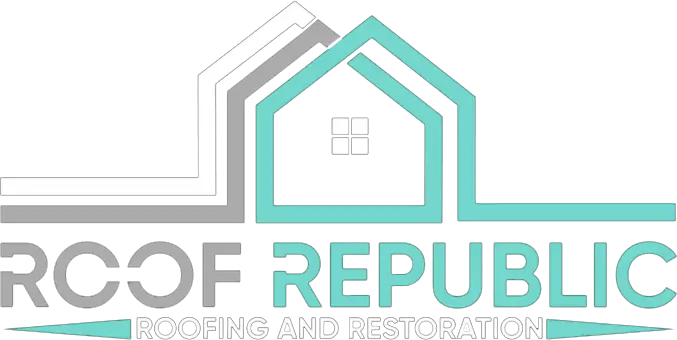
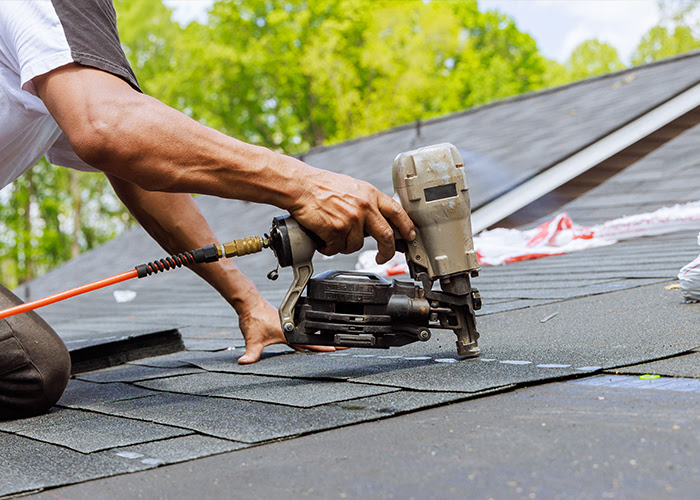
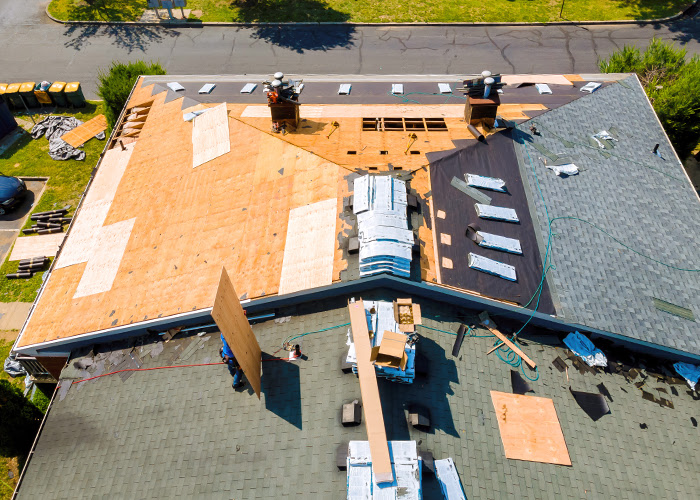
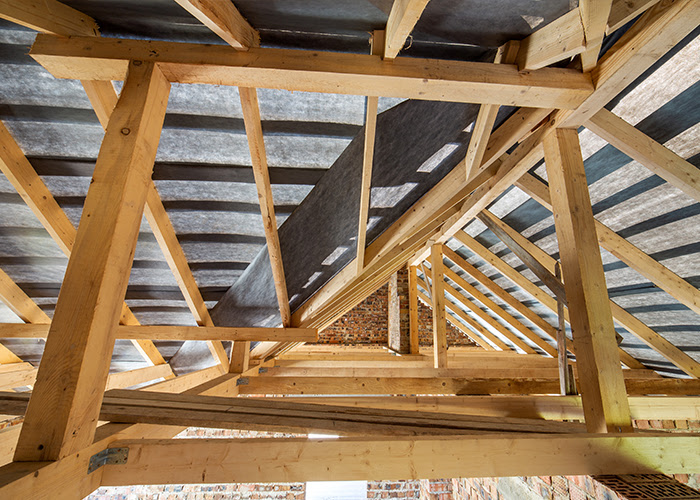
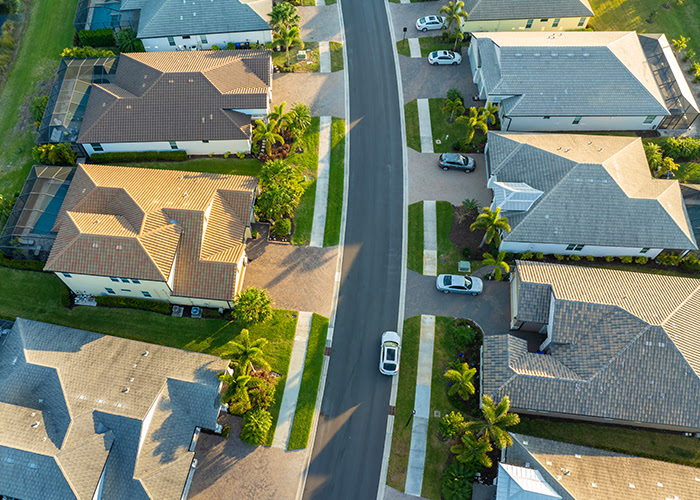
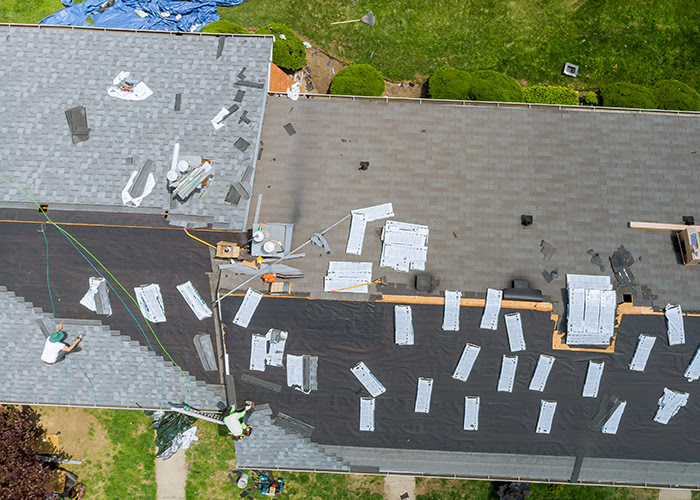
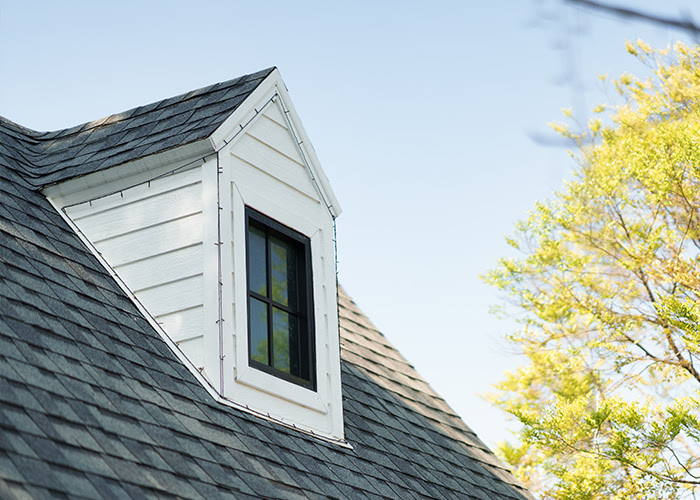
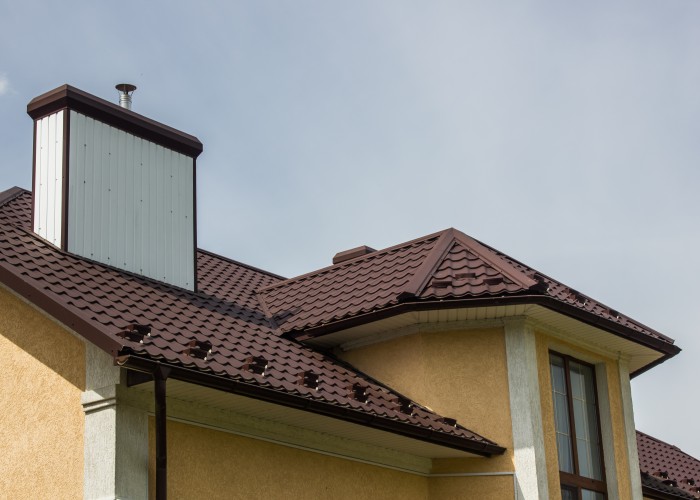
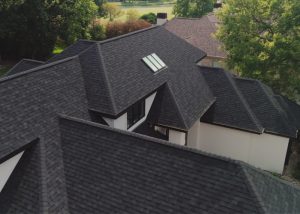
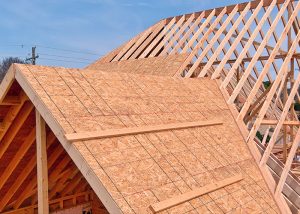

Comments
Sort by: